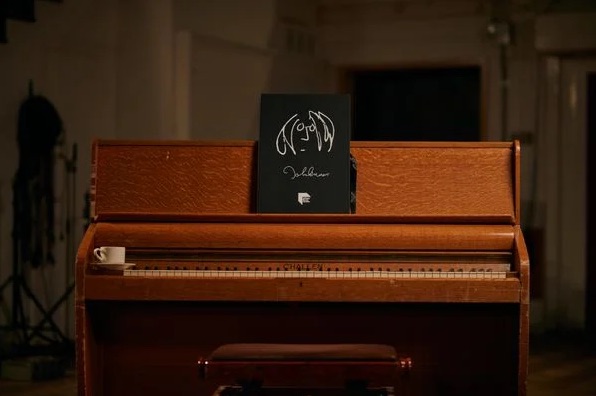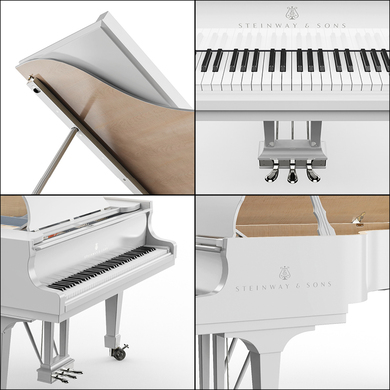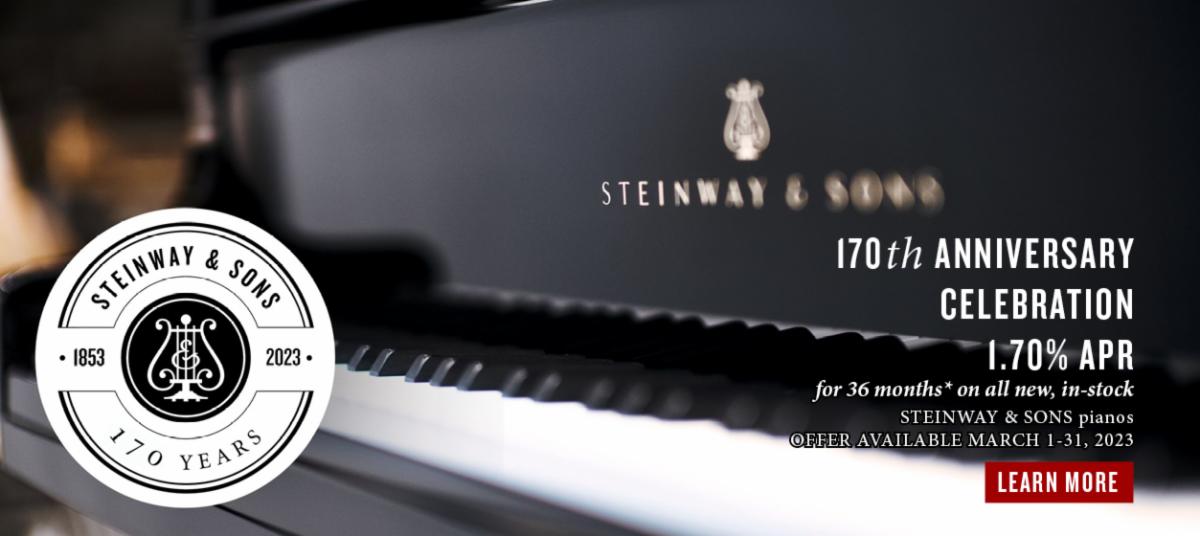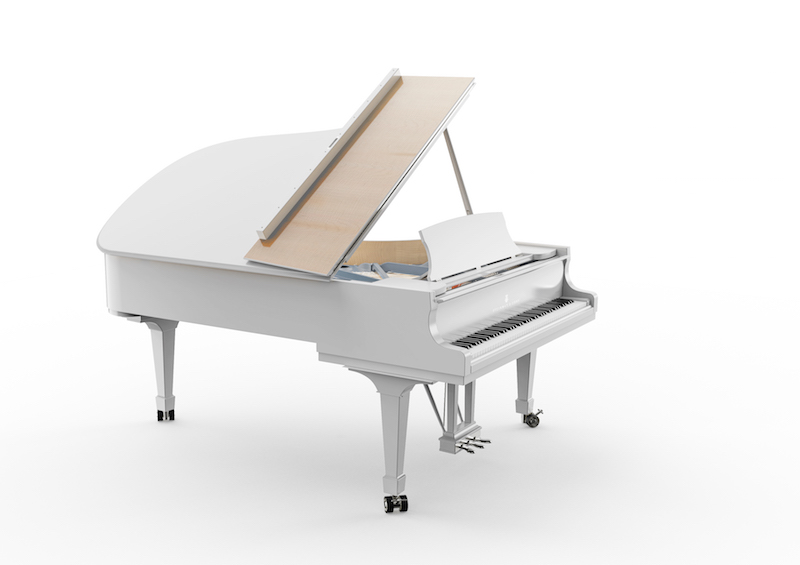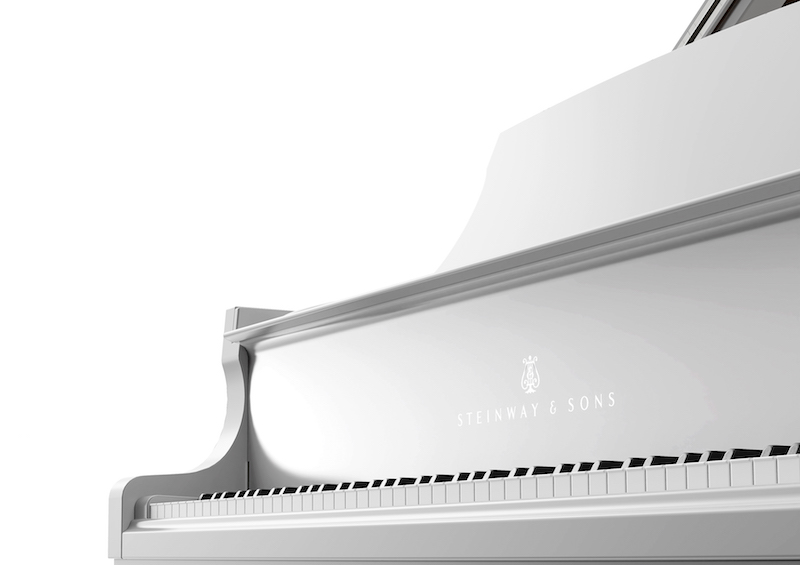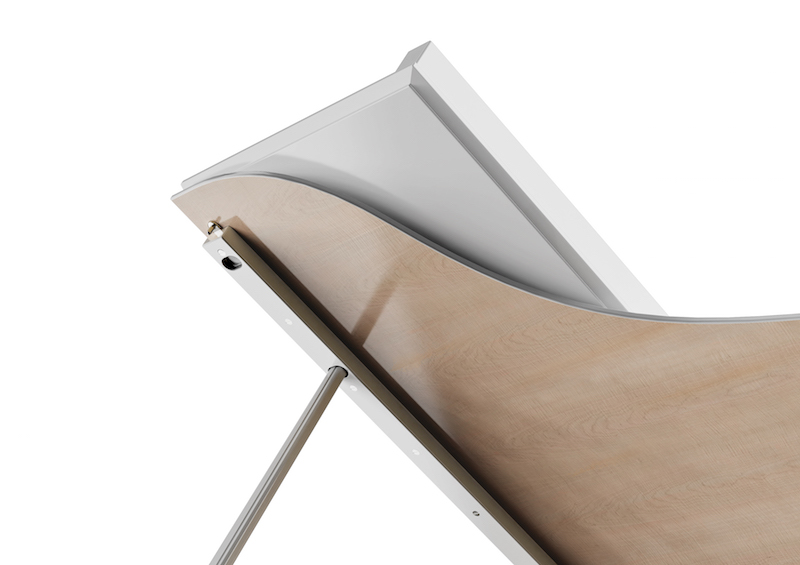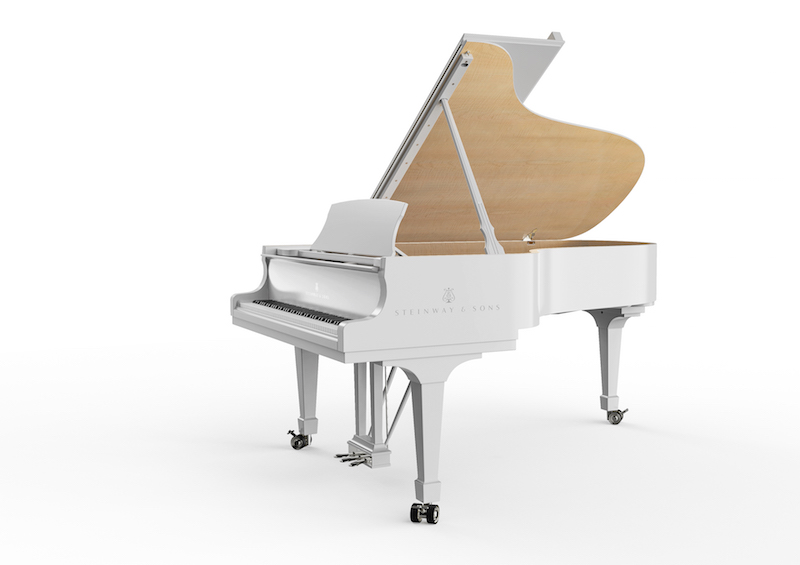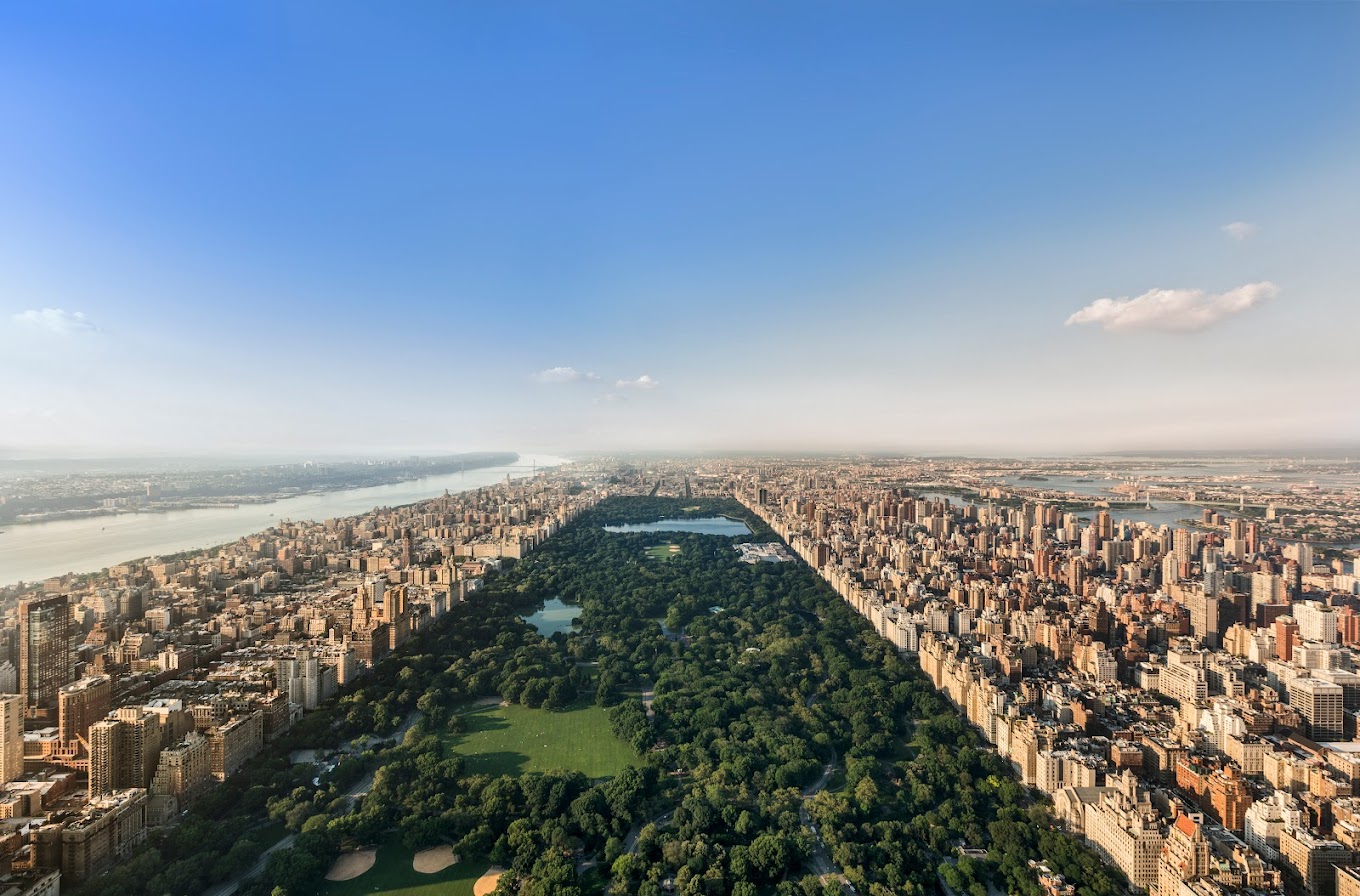Steinway Piano Galleries is the proud home of the Steinway x Disney: Mickey Mouse Limited Edition piano for a brief time before it goes to a new home in our great state of Georgia. This piano is No.3 of only 25 pianos built for the entire world.
To celebrate 100 Years of Disney, the company collaborated with Steinway & Sons to create Limited Edition pianos inspired by the beloved character that started it all, Disney’s Mickey Mouse. Showcasing the evolution, innovation and artistry of the past century, the collaboration unites the two historic companies together for the first time and invites audiences around the world to discover the power of music and Disney.
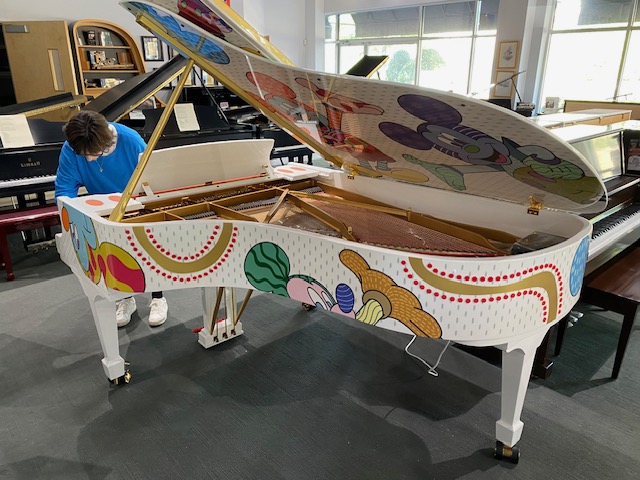
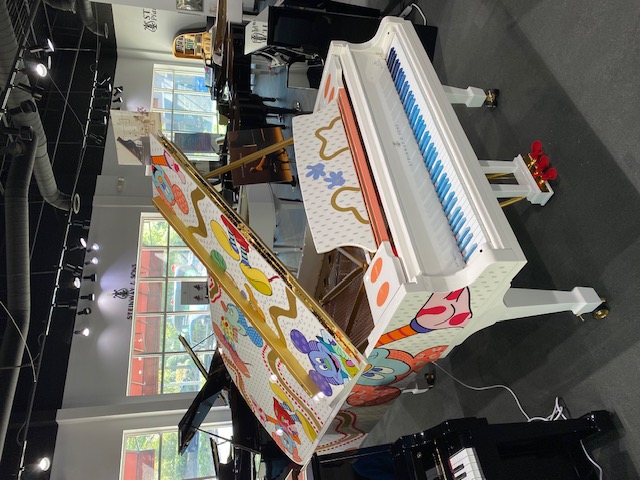
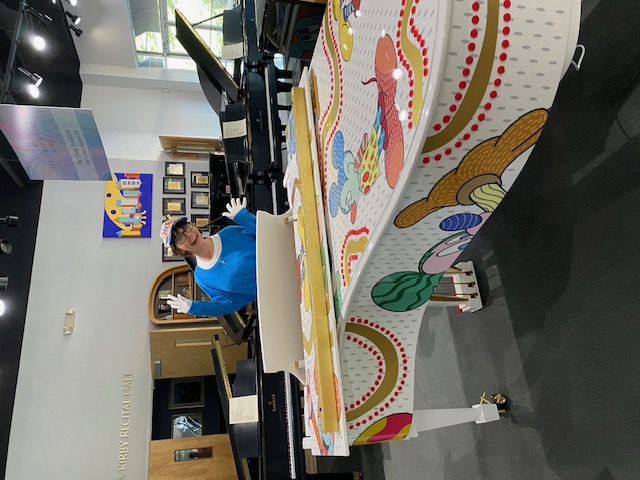
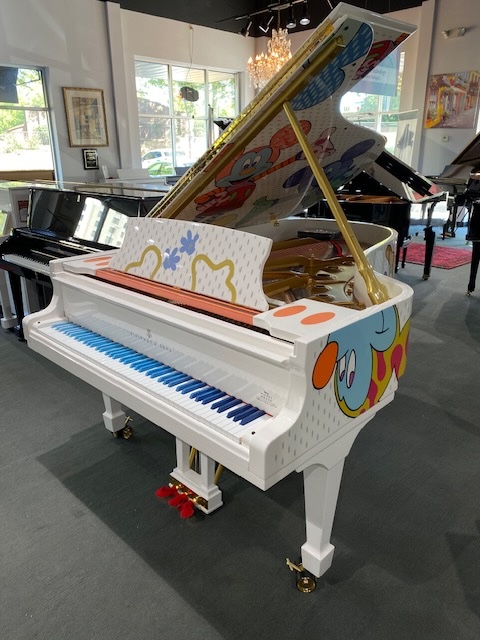
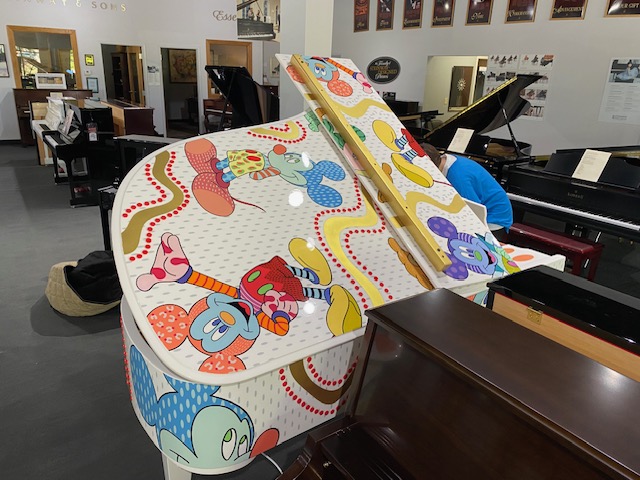
A world-class collectible, this piano perfectly blends timeless artistry and whimsical charm to create a harmonious masterpiece for the eyes, ears, and heart. Programmed with 100 songs to commemorate a century of Disney storytelling, the unique piano features a wide selection of treasured musical numbers to choose from.
Crafted with passion and precision, each of the 25 pianos in this collection will be hand painted. The vibrant masterful vision which includes artworks of Mickey Mouse was created by acclaimed Italian artist Elena Salmistraro. The finished piece comes complete with a high-polished white bench. Created for music lovers and piano aficionados alike, the Steinway x Disney: Mickey Mouse Limited Edition piano features Steinway’s signature SPIRIO | r technology, the world’s finest high-resolution player piano capable of live performance capture and high-resolution recording and playback. The bespoke piano’s music library will be continually updated.
“I’ve been inspired by Mickey Mouse’s lively character, curiosity and joy since I was little,” said Salmistraro. “The piano’s white background represents the sketch board that Mickey Mouse was originally created on years ago while rich and colorful tones give energy to his iconic characteristics. The blue gradient represents the movement of music around him, brought together through the gold rivers to create a symphony of sound.”
Adding an extra touch of Disney magic to the launch events, leading global pianist, Disney fan and Steinway artist Lang Lang surprised a group of Disney fans in New York City with an intimate performance.
If you have an interest in acquiring one of four remaining Disney pianos to be produced worldwide during this extremely limited production run, give us a call today at (770) 777-1300 or email us at info@steinwaypianogalleries.com.


